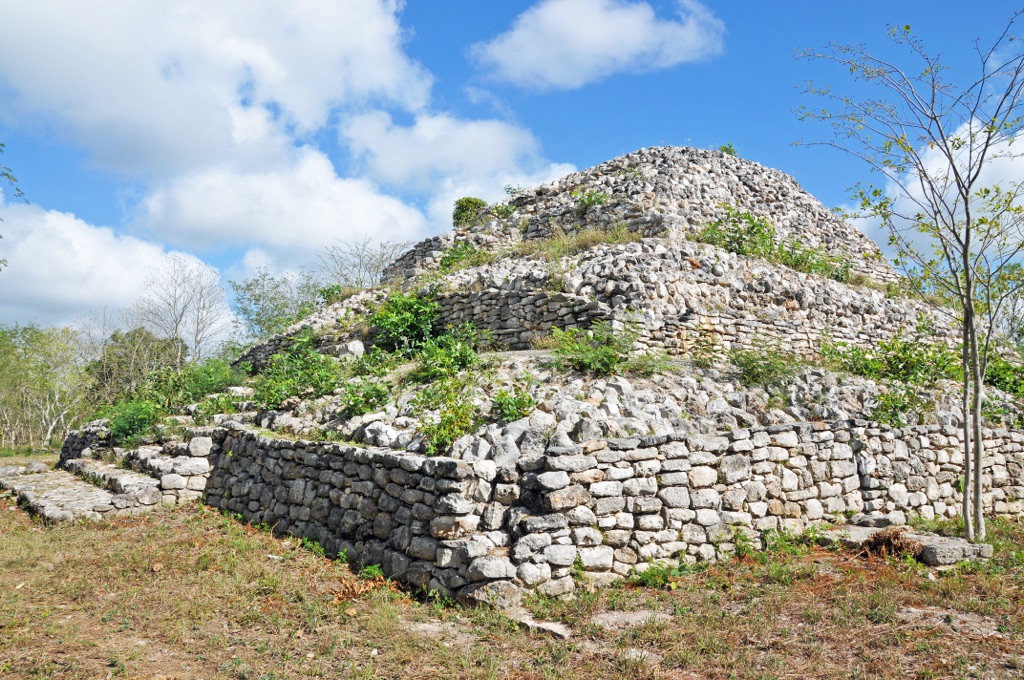Yaxuná is an ancient Maya city located in the Yucatan Peninsula of Mexico. It boasts a long history, spanning the Preclassic to the Postclassic periods. The site is particularly known for its large central pyramid and extensive network of sacbeob, or white roads, connecting it to other Maya cities, including the famous Chichen Itza. Yaxuná’s strategic location and its evolving political relationships reflect the complex socio-political dynamics of the ancient Maya civilization.
Ancient Civilizations
All Ancient Civilizations, Cultures and People
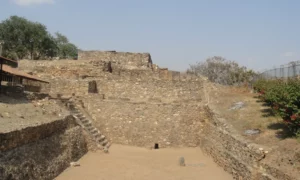
San Miguel Ixtapan
San Miguel Ixtapan is an archaeological site located in the State of Mexico, known for its historical significance and ancient artifacts. The site dates back to the pre-Columbian era and has been a focal point for studies on Mesoamerican civilizations. It provides valuable insights into the Teotihuacan culture, which flourished in central Mexico. The discovery of tombs, monuments, and various artifacts at San Miguel Ixtapan has contributed to our understanding of the social, political, and religious practices of the people who once inhabited this region.
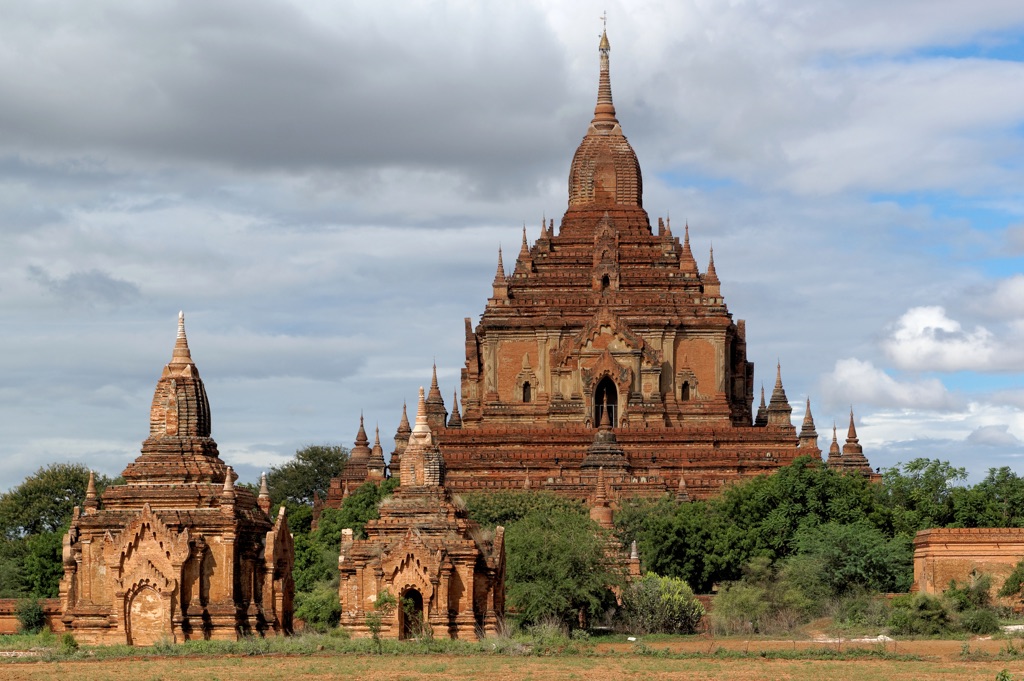
Htilominlo Temple
The Htilominlo Temple stands as a testament to the architectural prowess of the Bagan civilization in Myanmar. Built during the reign of King Htilominlo, also known as Nandaungmya, it dates back to the early 13th century. This majestic structure is renowned for its intricate plaster carvings and glazed sandstone decorations. It is one of the larger temples in Bagan and has survived numerous earthquakes, retaining much of its original grandeur. The temple’s name, Htilominlo, is derived from the king’s nickname, meaning “the umbrella of the three worlds.”
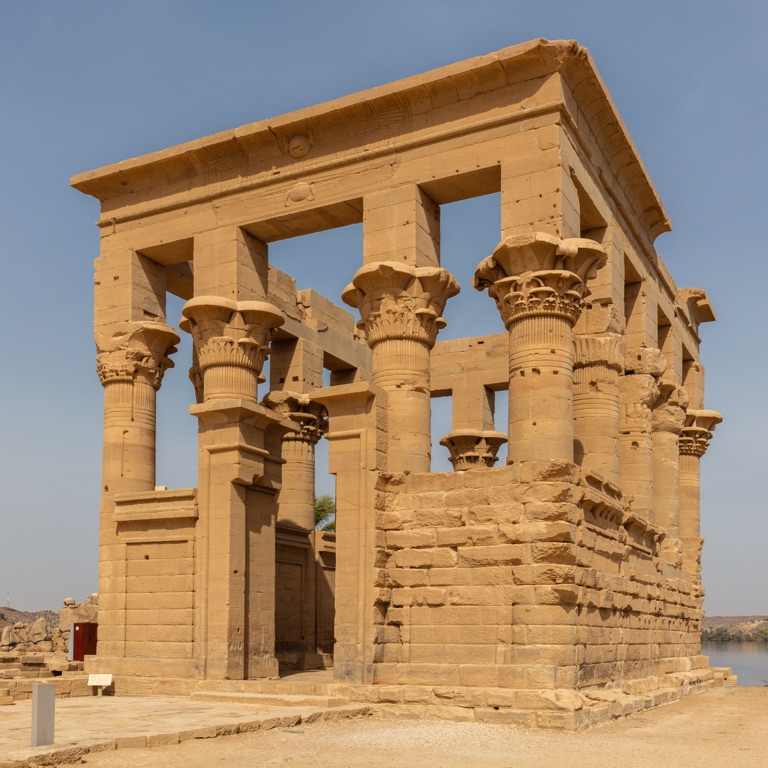
Trajan’s Kiosk
Trajan’s Kiosk is a striking ancient structure located on the island of Philae in Egypt. It is one of the largest and best-preserved kiosks ever discovered, serving as a pharaonic gateway. This architectural marvel was part of the Isis temple complex and is often associated with the Roman Emperor Trajan. However, its origins and purpose extend beyond his reign, reflecting a blend of Egyptian and Greco-Roman artistry. The kiosk’s significance lies not only in its historical context but also in its relocation due to the Aswan Dam’s construction, which threatened to submerge it forever.
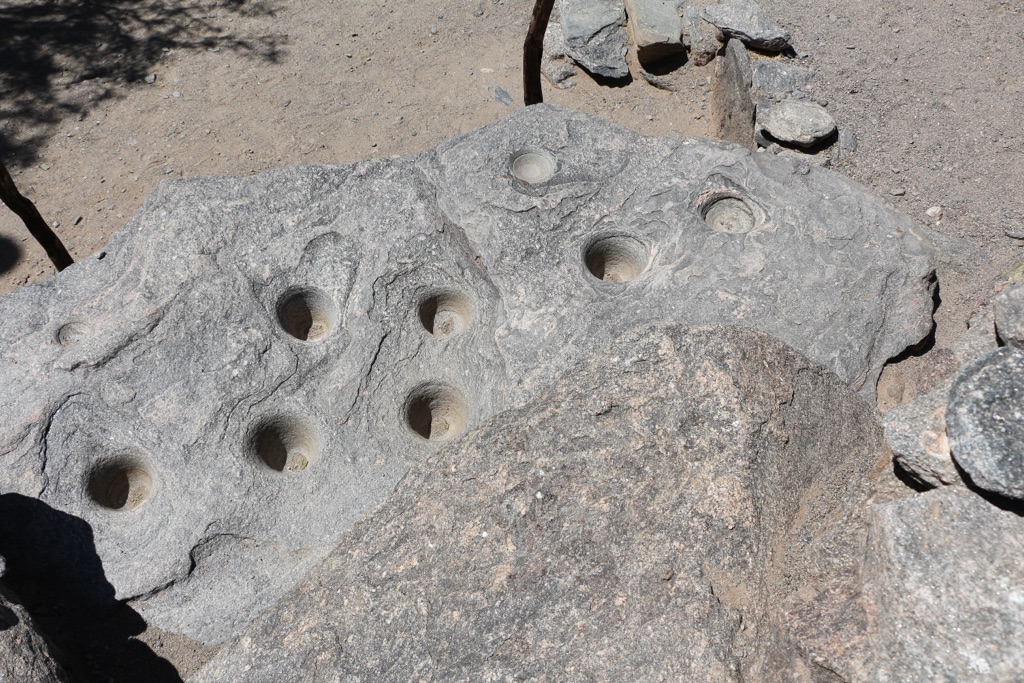
Quilmes Ruins
The Quilmes Ruins are a silent testament to the resilience and ingenuity of the Quilmes people, an indigenous tribe in Argentina. These ruins, located in the Tucumán province, represent one of the largest pre-Columbian settlements in the country. The site offers a glimpse into the complex societal structures and the advanced urban planning of the Quilmes civilization, which thrived between the 10th and 17th centuries. Despite facing Spanish conquest in the 1660s, the Quilmes people defended their city fiercely, and the ruins stand today as a symbol of their resistance and cultural heritage.
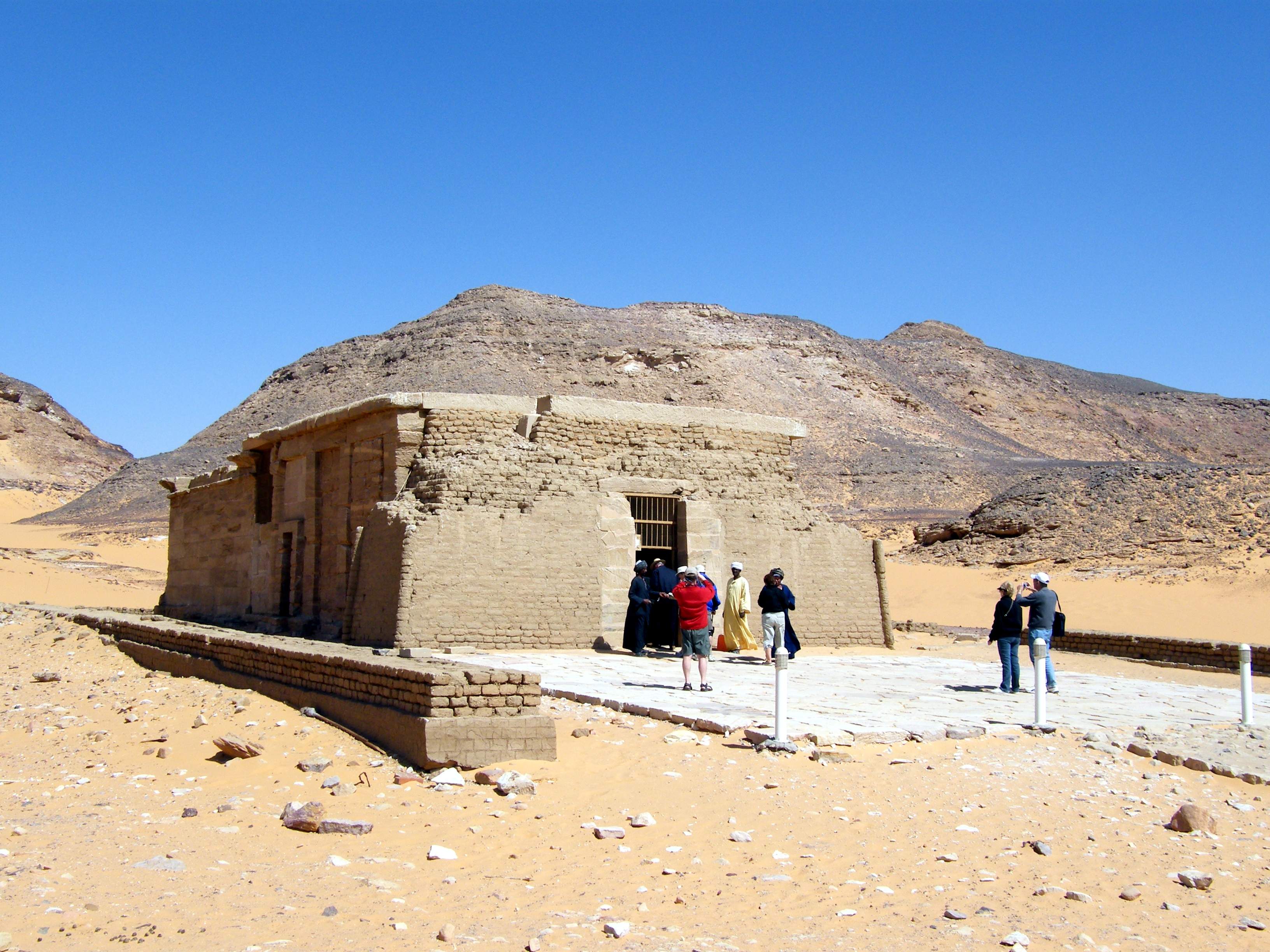
Temple of Amada
The Temple of Amada, the oldest Egyptian temple in Nubia, stands as a testament to ancient civilization’s grandeur. Pharaoh Thutmose III erected it during the 18th Dynasty, and later, Pharaoh Amenhotep II enhanced it. The temple’s relocation in the 1960s to save it from the rising waters of Lake Nasser is a remarkable feat. It showcases intricate carvings and inscriptions, offering insights into Egypt’s religious practices and political history.

